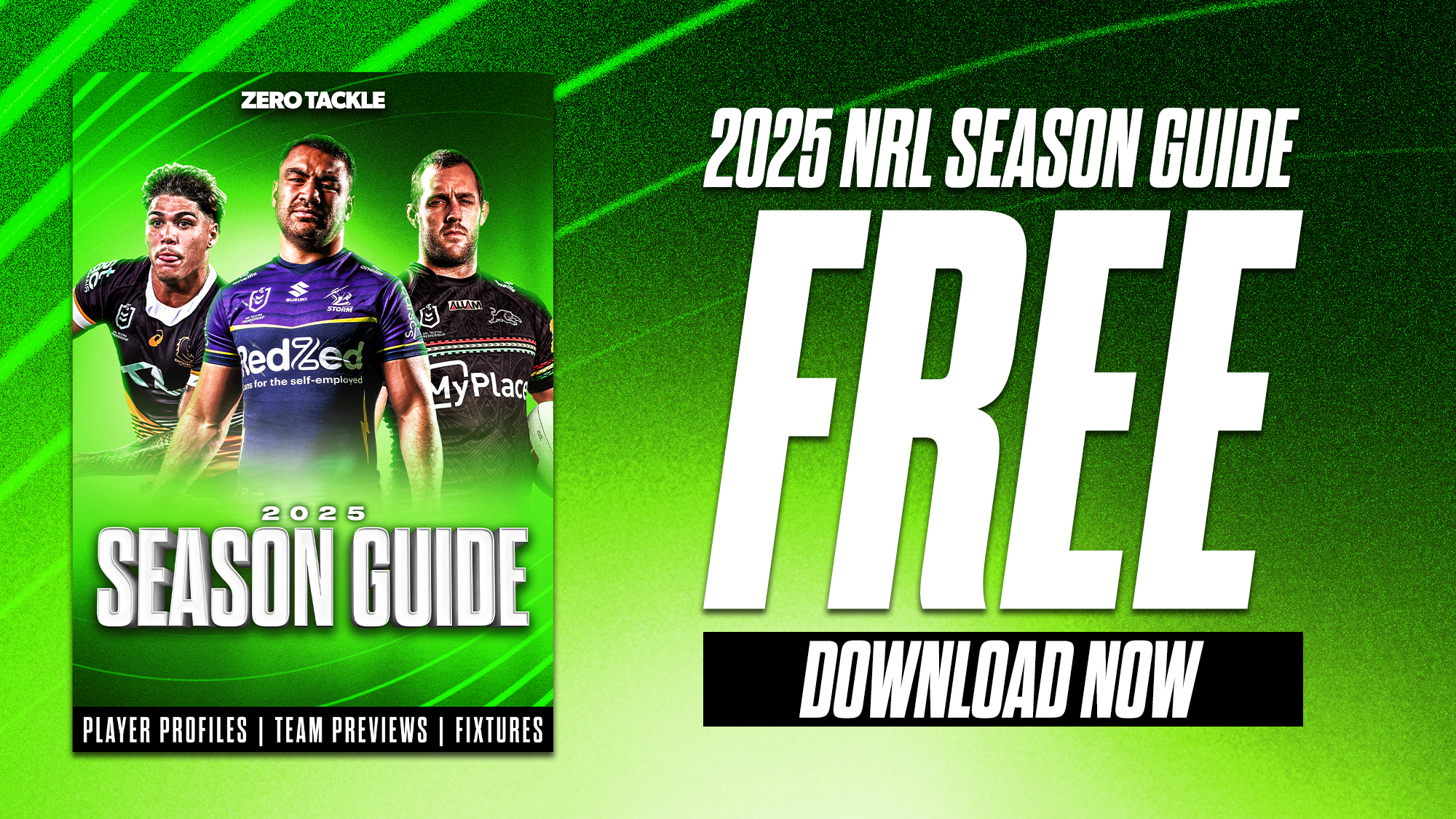Brisbane's Suncop Stadium has been revealed as the venue with the highest injury risk in the NRL last season, according to the NRL’s 2018 Injury Surveillance Report.
The study involved data from all 16 clubs, including 439 players who partook in the 2018 NRL season.
Suncorp recorded a league-high 8.0 per cent risk of injuries to players, also topping all venues with an average of 2.7 casualties per game.
Gold Coast's Cbus Super Stadium was narrowly behind Suncorp with a 7.8 per cent injury risk to players while equalling the average injuries per contest.
New Zealand's Mt Smart Stadium came in third with a 6.4 per cent injury risk.
Interestingly, Suncorp will host all eight matches in the 2019 round nine fixture as part of the league's inaugural Magic Round, but NRL head of football Graham Annesley had no concerns with the Broncos' home ground.
“There’s no question that Suncorp is a first-class stadium with a quality surface and on this occasion, I would think the (2018) figures are skewed by nothing more than bad luck,’’ Annesley told the Daily Telegraph.
“Eight games over four days (next year) is an unusual amount of traffic and the weather will play a role in that as well.
“But we’ll definitely be talking to the venue about how of paramount, is the health and safety of the players.’’
Despite ranking behind Suncorp with regards to risk of injury, Brookvale Oval in NSW's northern beaches accounted for the most games missed by injury at a league-high 9.9 per cent.
The study also revealed that 88.6 per cent of players suffered an injury in 2018, with front-rowers suffering the most casualties followed by back-rowers.
Tackling an opponent accounted 31.3 per cent of injuries, and the most common injuries were to the head (23.5 per cent) followed by upper leg/thigh (17.4 per cent).
“One of those reasons those numbers are as high as they are is that there is so much more observation of those things now and they’re under so much more scrutiny than they ever were,’’ Annesley said.
“While there was a spike of head and neck injuries over the last few years that’s majorly because of increased scrutiny.
“We’re already seeing that start to taper off and then hopefully then reduce because there’s more things being done, particularly with HIA (head injury assessment) and next season we’re introducing medical spotter’s in the bunker.
“There’s also more training and qualifications of on-field trainers and education from the NRL about the impact of head injuries.
“We’re not so much concerned an increase in the numbers, as long as we are in identifying those incidents, we’re actually providing a safer environment for the players.’’
























Comments are closed.